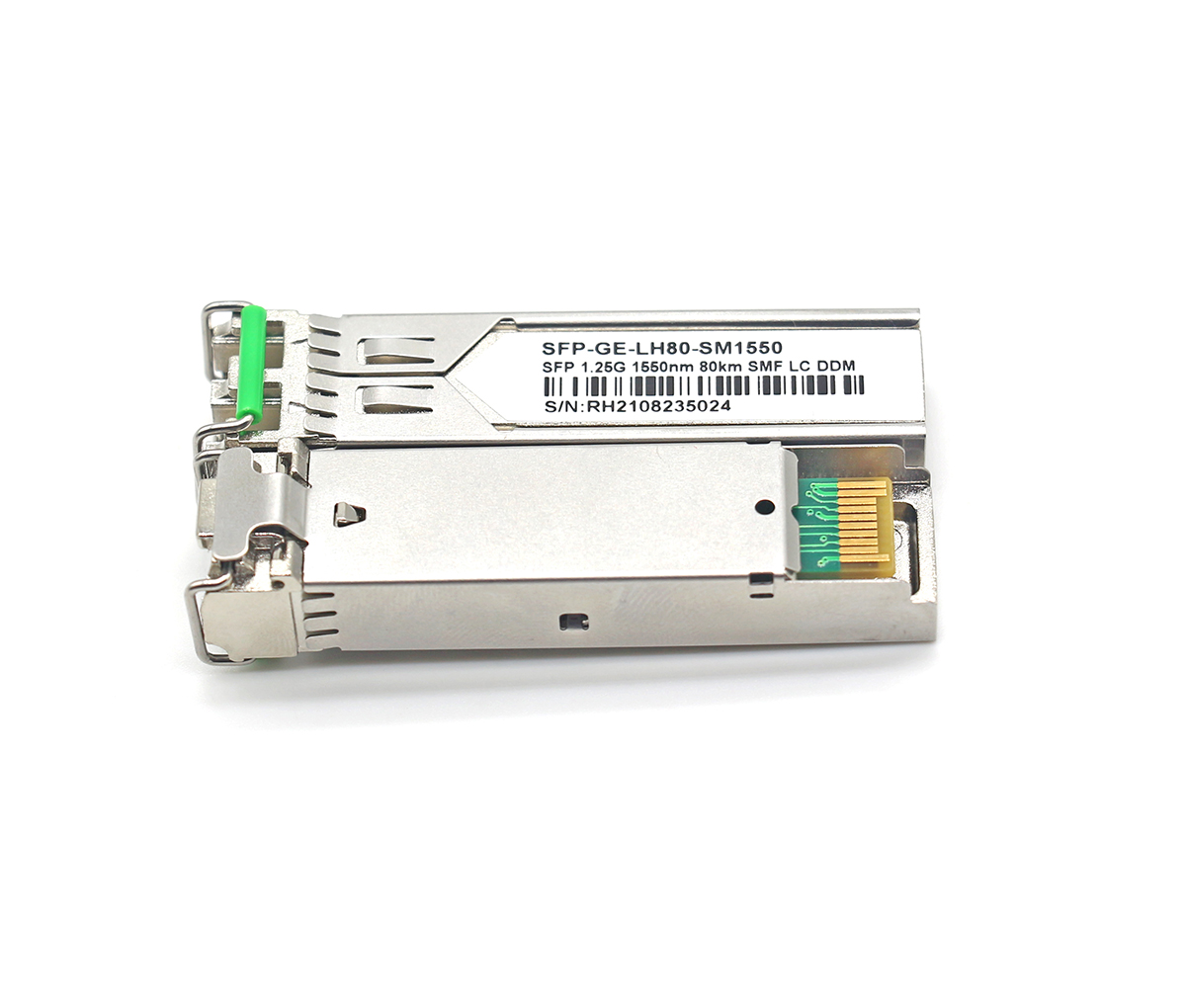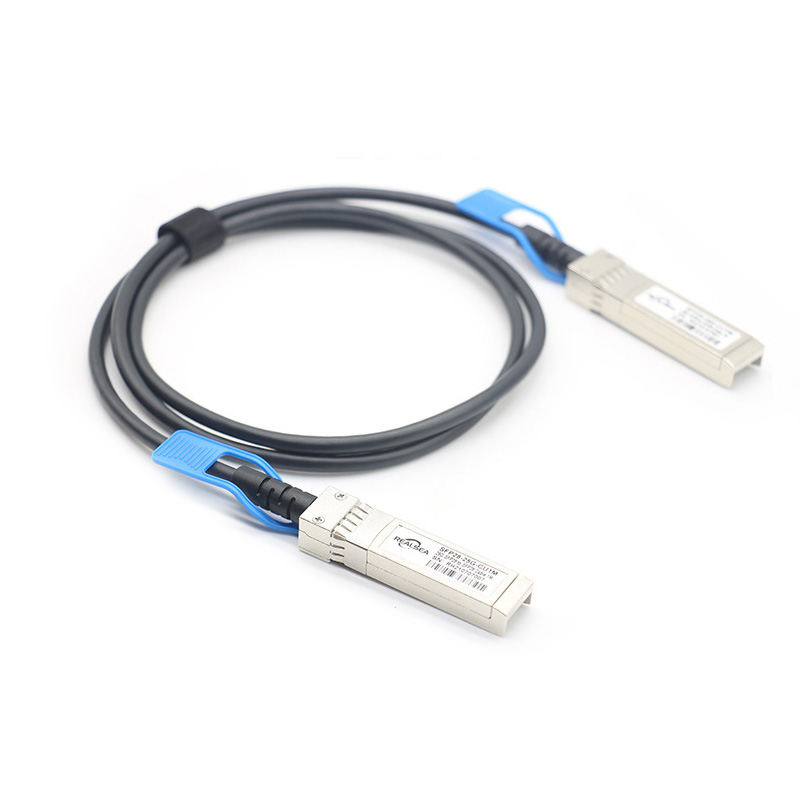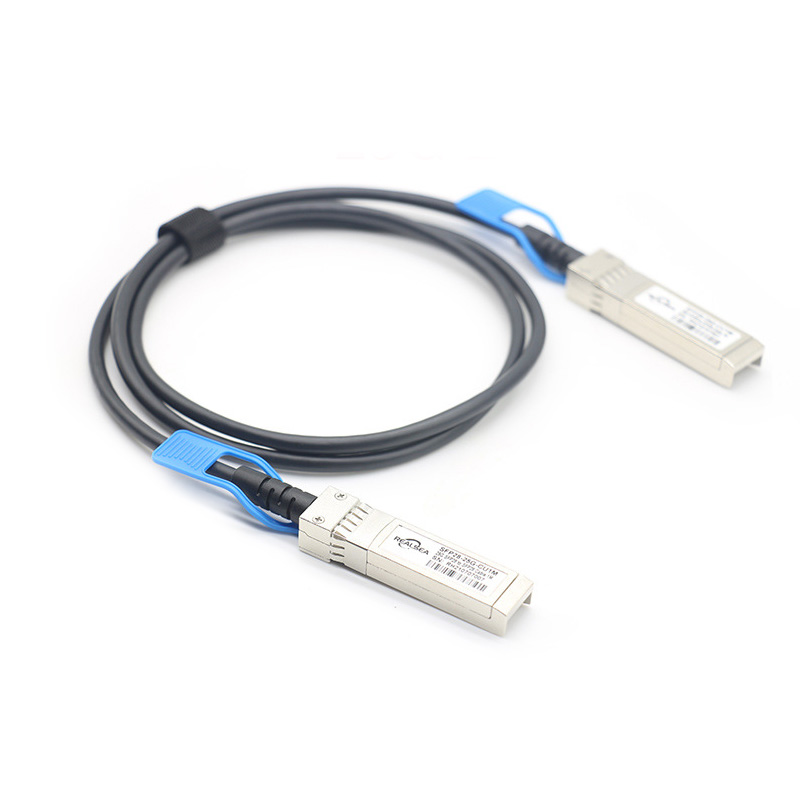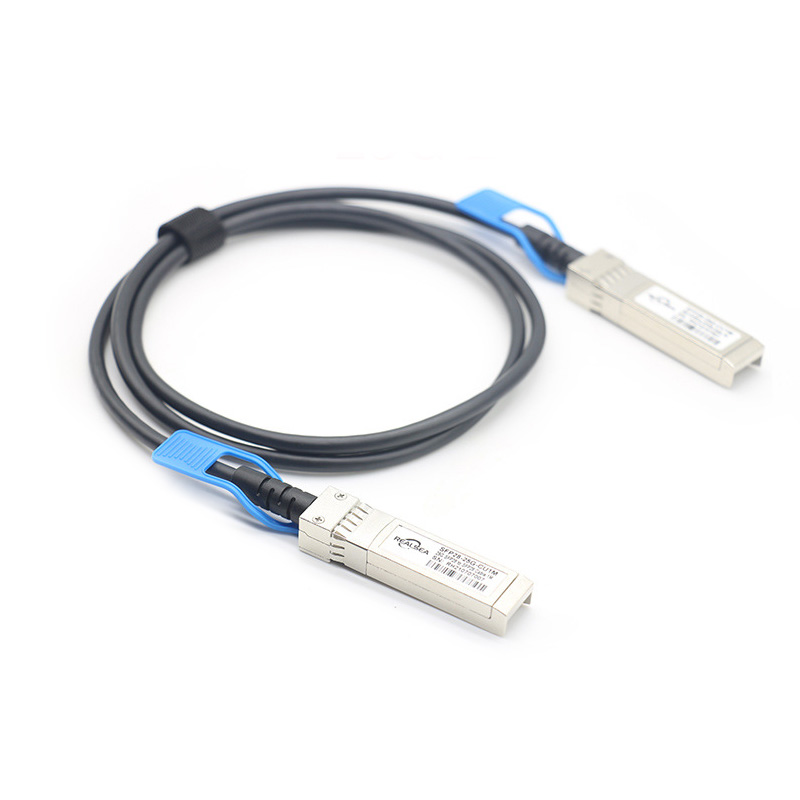Release Date: Aug 23,2022

The SFP optical module is a new type of 10 Gigabit optical module. The SFP optical module is 30% smaller than the earlier XFP optical module, which is basically the same as the general 1-4GSFP optical module.
The 5G bearer network is the most basic network connection between the 5G radio access network and the core network. Optical fiber modules are the basic components of the 5G bearer network. In recent years, with the improvement of communication speed, the cost ratio of optical modules in system equipment has been increasing, which has become the key to low cost and large coverage of 5G. Compared with 4G, 5G has higher requirements on speed, transmission distance, working environment and fiber cost.
The 5G bearer network is generally divided into the urban access layer, the urban aggregation layer, and the urban core/interprovincial trunk line to realize the fronthaul and midhaul functions of 5G services.
Under the conditions of the fronthaul 5G network, the 25Gb/s speed module is mainly SFP28, while the dual-fiber bidirectional, single-fiber bidirectional, 25GWDM and other solutions can save costs.
PAM4 technology uses 25G optical devices to double the bandwidth of optical devices in the intermediate transmission network; distances of 10km and 40km will cover most application scenarios, and transmission distances above 80km will use related technologies.
Typical 5G fronthaul application scenarios include optical fiber direct connection, passive WDM, active WDM, etc. Usually, the optical fiber direct connection scenario uses a 25Gb/s optical module, which supports dual-fiber bidirectional and single-fiber bidirectional, and the main transmission distance is 300m and 10km. Passive WDM field-to-point, using a pair or a single fiber, requires 10Gb/s or 25Gb/s optical modules. Active WDM scenarios usually require 10Gb/s or 25Gb/s optical modules. In special cases, dual-fiber bidirectional or single-fiber bidirectional optical modules with a speed of N×102550100Gb/s are required.
The typical requirements for optical modules for 5G fronthaul in application scenarios are as follows:
(1) Meet the industrial temperature and high reliability requirements: The outdoor working environment requirements are very high, and the module needs to meet the temperature range of -40℃~+85℃ and dustproof.
②Low cost: The demand for 5G optical modules greatly exceeds 4G, especially the demand for front-haul optical modules may be higher, and low cost is one of the main requirements for optical modules in the 5G industry. In 5G, composite optical modules such as urban access layer, aggregation layer, and core layer are not much different from the current optical module technology in data centers. s and other optical modules, and above the aggregation layer, 100Gb/s, 200Gb/s, 400Gb/s and other optical modules are mostly used.

25G SFP28 DAC is a 25GBASE-CR direct attach copper cable for data center environment. It provides a high speed, cost-effective alternatives to fiber optics in 25GbE Ethernet applications.

fiber pigtail is typically a fiber optic cable with one end factory pre-terminated fiber connector and the other exposed fiber.

This Article just briefly overviews 10G and 25G Ethernet (25Gb) technologies, focusing on the SFP+ transceiver and SFP28 transceiver.